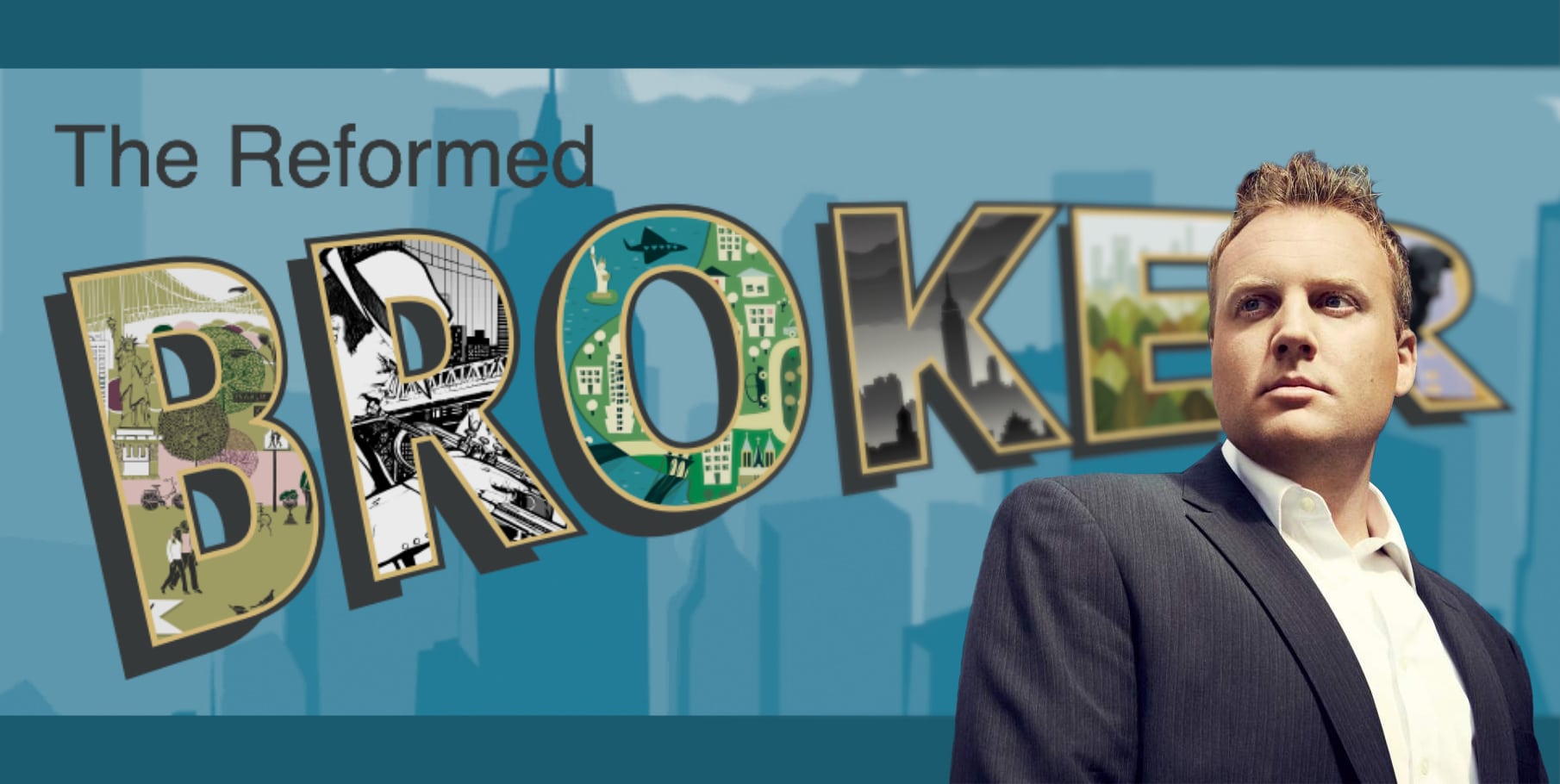Tiger said in a note to investors last week that its hedge fund, which managed $23 billion at the end of 2021, was down 52% this year. That is one of the largest-ever losses by a hedge fund. Its other large stock fund—a long-only fund that managed $11 billion at the end of 2021 and doesn’t short stocks—has lost 61.7%.
At the end of April, the rout had wiped out roughly two-thirds of the gains Tiger had made in those stock funds since its founding
According to this extensive Wall Street Journal piece by Eliot Brown and Juliet Chung, Tiger Global’s flagship fund has earned around 16% average annual returns for its long-term investors over the last two decades. This year, the fund has been cut in half or worse. None of this is remotely strange – you cannot average a return that is more than double the stock market without expecting these types of drawdowns. If you’re a professional investor allocating to funds like this, your baseline expectation should be the ecstasy and the agony. Why on earth would you expect to be entitled to incredible gains with only moderate risk? This cannot exist in nature. Risk and reward are inextricably linked.
A firm with high octane growth objectives is going to win big and then lose big, just as the biggest home run hitters in baseball have historically been among the most likely batters to strike out. It’s the opposite of Moneyball – exquisite highs and crushing defeats.
Tiger is the epitome of a recent trend. Collecting money from investors rapidly, deploying that money almost overnight, making huge bets on current winners, doubling up, driving valuations higher with one’s own buying, saying yes to almost anything and anyone, being in on all the deals – that was the zeitgeist. It worked really well. Billions were made. And then when it ends, it ends badly. Everything ends badly, otherwise it wouldn’t end (Cocktail, 1988).
Ironically, Tiger was born in the ashes of a prior tech bubble and bust. It is likely to be around for the next one when the losses of 2022 (and possibly 2023) have been absorbed. The cycle will start over again. Some existing investors will have hung on. Many new investors will recruit themselves once the charts begin sloping upward again. All cycles repeat in precisely this way.
You have the choice of not playing. Not participating. But if you choose to play, there is one rule: You cannot have the up if you are unwilling to entertain the inevitability of the down. Almost no one gets off the ride near the top. Near the top is just when things are starting to get too good to leave. On the way back down, it always seems like it’s too late to get off. This cycle ended like the flip of a light switch. From January 3rd to February 28th your fate was sealed. Lights out in 8 weeks. 180 degree turn in the environment. Multi-billion dollar funds are not built to change their stripes this rapidly. Impossible.
Live by the sword, die by the sword. Not all hedge funds hedge. Tiger is really good at its strategy. Iconic. Often celebrated, widely imitated. But every strategy faces a period in which it is out of favor. And practitioners of the strategy in question, in that moment, have little choice but to live with this reality. As do their investors.
Momentum cuts both ways. There is a price that must be paid by those striving for exceptional returns. To pretend otherwise is to be ignorant of 5,000 years of history. Read Peter Bernstein for more on this. And save this link for the next time you find yourself pining away for the massive gains that other investors seem to be enjoying:
Highflying Tiger Global Humbled by Unraveling of Giant Tech Bet (WSJ)


